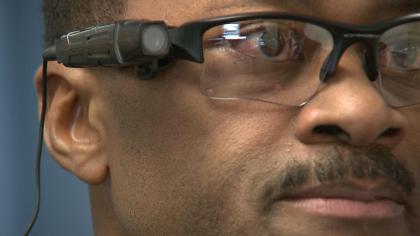
WASHINGTON D.C. – The U.S. Department of Justice Office released a report Friday on the use of body-worn cameras on police officers across the nation, including the costs and benefits of using the video technology.
“Law enforcement agencies across the nation are contemplating how best to use body-worn cameras and these guidelines will help them weight the costs and benefits,” said Community Oriented Policing Services or COPS Office Director Ronald L. Davis. “There are many considerations when implementing a body-worn camera and this report will help chiefs and sheriffs make the best decision for their jurisdiction.”
The policy recommendations cover all aspects of what a police department should consider when deciding to use body cameras including:
- Who will be assigned to wear the cameras and where on the body the cameras are authorized to be placed;
- Recording protocols – including when to activate the camera, when to turn it off, and the types of circumstances in which recording is required, allowed or prohibited
- The process for downloading recorded data from the camera, including who is responsible for downloading, when data must be downloaded, where data will be stored, and how to safeguard against data tampering or deletion
- The length of time recorded data will be retained by the agency in various circumstances
- The process and policies for accessing and reviewing recorded data, including the persons authorized to access data and the circumstances in which recorded data can be reviewed
- Policies for releasing recorded data to the public, including protocols regarding redactions and responding to public disclosure requests
The publication was developed jointly by the Police Executive Research Forum and COPS through a cooperative agreement under the FY 2013 Community Policing Development Program.

